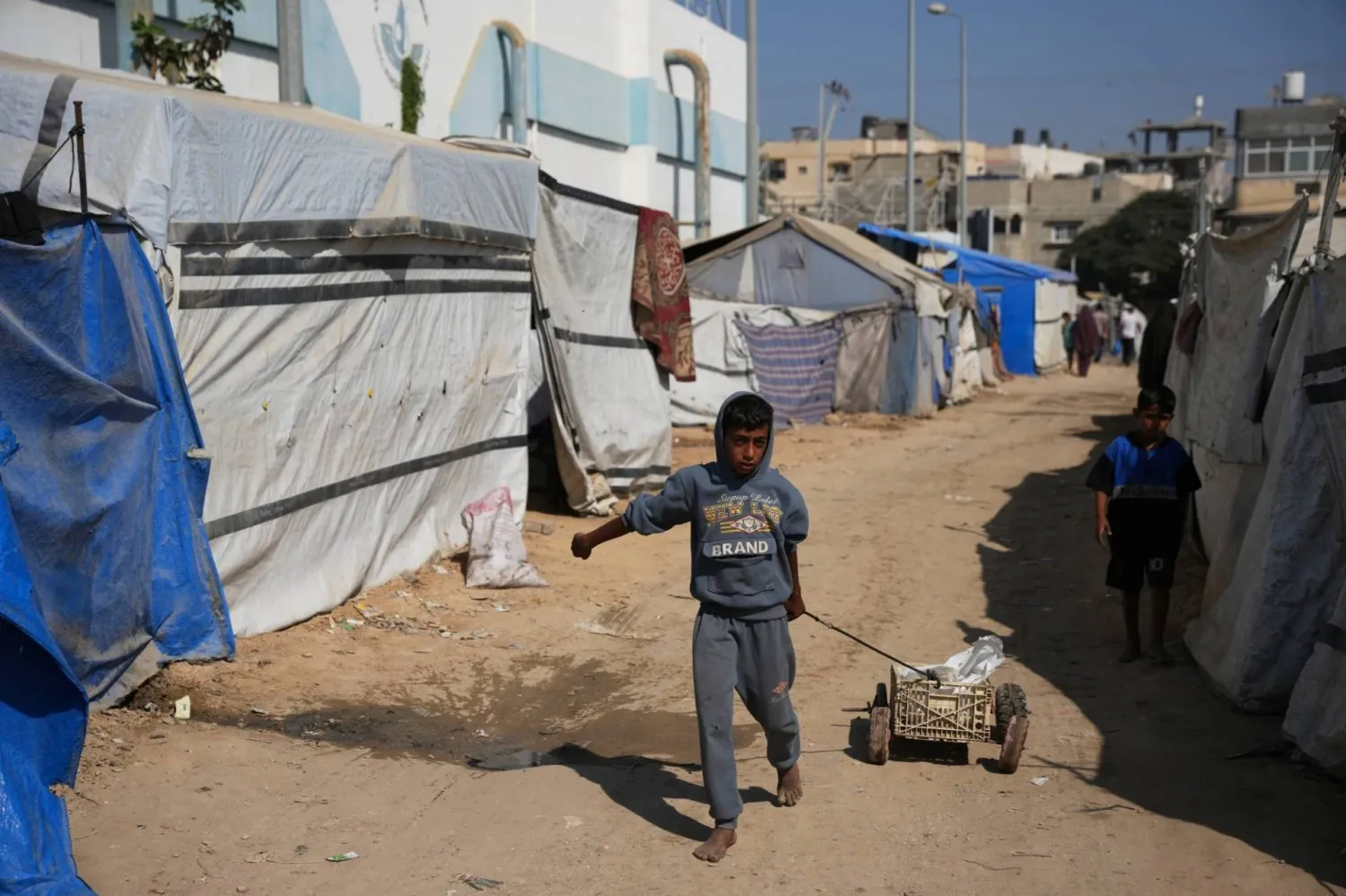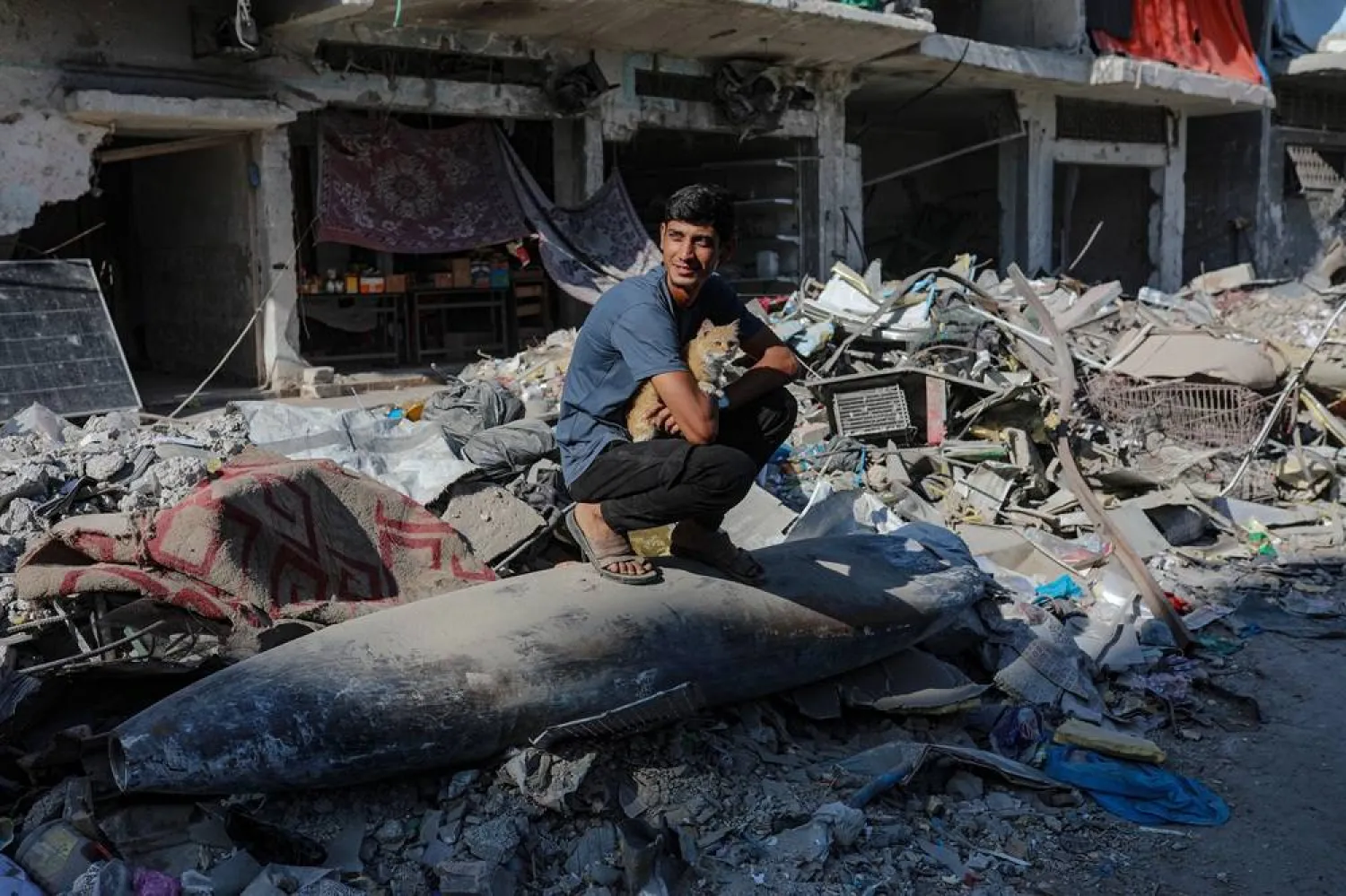Russia is not pleased with the pace set by Damascus at the Constitutional Committee talks in Geneva. It is also awaiting the development of US President Joe Biden’s policy towards Syria and Washington’s broader relations with Moscow.
Meanwhile, Russia received proposals from Syrian opposition figures for the formation of a joint military council that includes armed factions and defectors from the regime. The council would assume many duties, such as forcing the pull out of foreign forces and militias from Syria, unifying the country and its forces, and sponsoring the political solution. Russia would alone retain troops in the country.
As it stands, Russia is still maintaining its position that is based, first on prioritizing the upcoming presidential elections, set for mid-2021. It is hoping that Bashar Assad would win the elections, which would serve as a “turning point” to breaking Damascus’ international and regional isolation.
Second, Russia is keen on backing the constitutional reform path forged in Geneva and supporting the three “guarantors” - Moscow, Ankara and Tehran - at the upcoming Sochi talks. The talks would set the “mechanisms” for Constitutional Committee work to end the “negative” pace that was set by Damascus.
Third, Russia is relying on field settlements and understandings between warring parties, regime loyalists and their foreign sponsors in Sweida and Daraa in the south, al-Hasakeh, Qamishli and Aleppo in the north and northeast and Idlib in the northwest.
Given this vision, presidential envoy Alexander Lavrentiev said that Russia has “other calculations”, which he revealed during his recent secret visit to Damascus. Accompanied by senior generals, he met with Assad before heading to Geneva in late January.
In the meantime, Russia was approached with a proposal from Russian civil and military figures urging it to consider forming a joint military council. The suggestion was sent through various channels to Foreign Minister Sergei Lavrov, his deputy Mikael Bogdanov and Alexander Zorin, a Russian defense ministry official in charge of the Syrian file.
Military council
The first proposal was submitted by opposition figures from the Moscow and Cairo “platforms” and focuses on the implementation of UN Security Council resolution 2254. It suggests the formation of a joint military council during a transitional phase, whose duration would be agreed on.
Asharq Al-Awsat received a copy of the proposal, which explains that the council would be formed of three parties. The first are retired senior officers who served under late president Hafez Assad. The second are officers who are still in service and the third are officers who have defected from the regime but who did not become involved in armed factions.
Implementation of resolution 2254, continued the document, would take place in ten steps, including restructuring the military and enabling it to eliminate terrorism, dismantling all armed groups, collecting all weapons, restoring the authority of the state throughout Syria, naming an interim government that boasts full executive authorities as stipulated in the 2012 constitution, and calling for an internal national dialogue.
The dialogue would produce a founding association that would be tasked with drafting a new constitution, said the document. The proposal also calls for the release of detainees, allowing the return of refugees to their homes and holding international contacts over reconstruction.
It also demands the withdrawal of all foreign forces from Syria. Russia alone would keep its troops, who would work with the military council and interim government to restore stability, ensure the implementation of resolution 2254, form a reconciliation body and safeguard the constitutional referendum process and parliamentary and presidential elections.
The “legal reference” for the above would either be the 2012 constitution or a temporary constitutional declaration derived from the 2015 Vienna understandings.
Media test
Meanwhile, opposition journalist Yaser Badawi called for the formation of a military council through an agreement between the “influential” players in Syria, starting with Russia.
In an article published by Russia’s Nezavisimaya Gazeta, he said the council should include current serving officers and defected ones, who have not taken part in hostilities. The council would be responsible for eliminating terrorism, protecting Syria and its people and collecting all weapons.
Opposition figures interpreted Russia’s publication of his article as a sign that it was officially prepared to discuss this idea, despite alleged protests by Syria’s ambassador to Moscow.
Badawi cited statements from Arab tribes, rights activists and politicians, demanding the formation of a military council headed by General Manaf Tlass, son of late Defense Minister Mustafa Tlass.
In contrast to the other proposal on a joint military council, Badawi said his proposed council would stop the upcoming “fraudulent” presidential elections.
Both suggestions agree that Russia can play a “decisive” role in forming the military council, restructuring the military and supplying it with means to fight terrorism, and restore calm in the country.
Opposition figures revealed that some 1,100 defected officers, including some residing in Turkey and with ties in northern Syria, have expressed their support for Badawi’s proposal.
Commander of the 100,000-strong Syrian Democratic Forces (SDF), Mazloum Abdi had told Asharq Al-Awsat last week that he does not oppose joining a military council that does not take on a nationalist, religious or sectarian identity.
He stressed that the council should “believe in defending the nation and not be subject to foreign agendas.”
Common ground
Opposition, government and foreign circles, including Russia, are in agreement on the need to “preserve state institutions”. Differences have emerged over the extent of “reforms” and the “restructuring” of the military and security agencies.
Moscow had previously tested the idea of forming a military council comprised of 40 officers. It had informed the opposition that this proposal still stands.
Meanwhile, a western official said the Russian military is “historically enamored” with the idea of military rule and testing the idea of a military council in an allied country, even if the circumstances in Syria have changed a lot in recent years.
Evidence of Russia’s military leanings are its support for the formation of the fifth armored division in southern Syria. Its Hmeimin military base also coordinates its operations with the Syrian army and patrols with the SDF in regions east of the Euphrates River.









